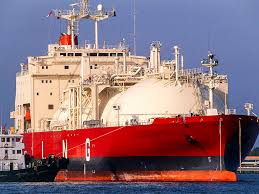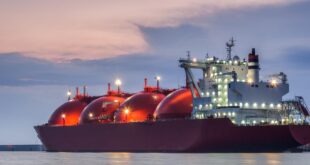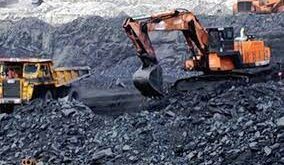China has set a 10 percent tariff on US liquefied natural gas (LNG) imports. extending a trade dispute into energy and casting a shadow over American export terminals that would propel the US into the world`s second-largest LNG seller position.
Chinese authorities on Tuesday said it would tax US products worth $60 billion effective on September 24 in retaliation to tariffs imposed by US President Donald Trump in an escalating trade war.
The rate was smaller than the 25 percent tariff China had touted earlier. which offered some relief and helped shares in listed US LNG companies climb.
The tariffs undermine Trump`s drive to use US shale oil and natural gas to turn the US into a global energy leader. The country is on track to export over 1.000 billion cubic feet (bcf) of gas as LNG in 2018. One billion cubic feet is enough to fuel about 5 million American homes for a day.
But China. which purchased about 15 percent of all US LNG shipped in 2017. is now on track to buy less than 100 bcf of US LNG in 2018. less than last year. relevant data showed.
The country has taken delivery from just four vessels since June versus 17 during the first five months of the year.
Proposed US export terminals. many expected to supply Chinese customers. were expected to account for 60 percent of all new LNG production coming to market by 2023. according to industry data.
LNG. which involves super-cooling natural gas so it can be transported by ship rather than pipeline. has become one of the fastest growing commodity trades as nations seek cleaner fuels.
The tariff`s extension to an energy commodity in high demand in China was a worrisome sign for trade relations and for billions of dollars in proposed US terminals. said American trade group executives.
Including LNG `is a good indicator of how serious things have gotten between the US and China on this trade issue.` said Charlie Riedl. executive director of the Center for Liquefied Natural Gas.
 Iran Energy News Oil, Gas, Petrochemical and Energy Field Specialized Channel
Iran Energy News Oil, Gas, Petrochemical and Energy Field Specialized Channel




